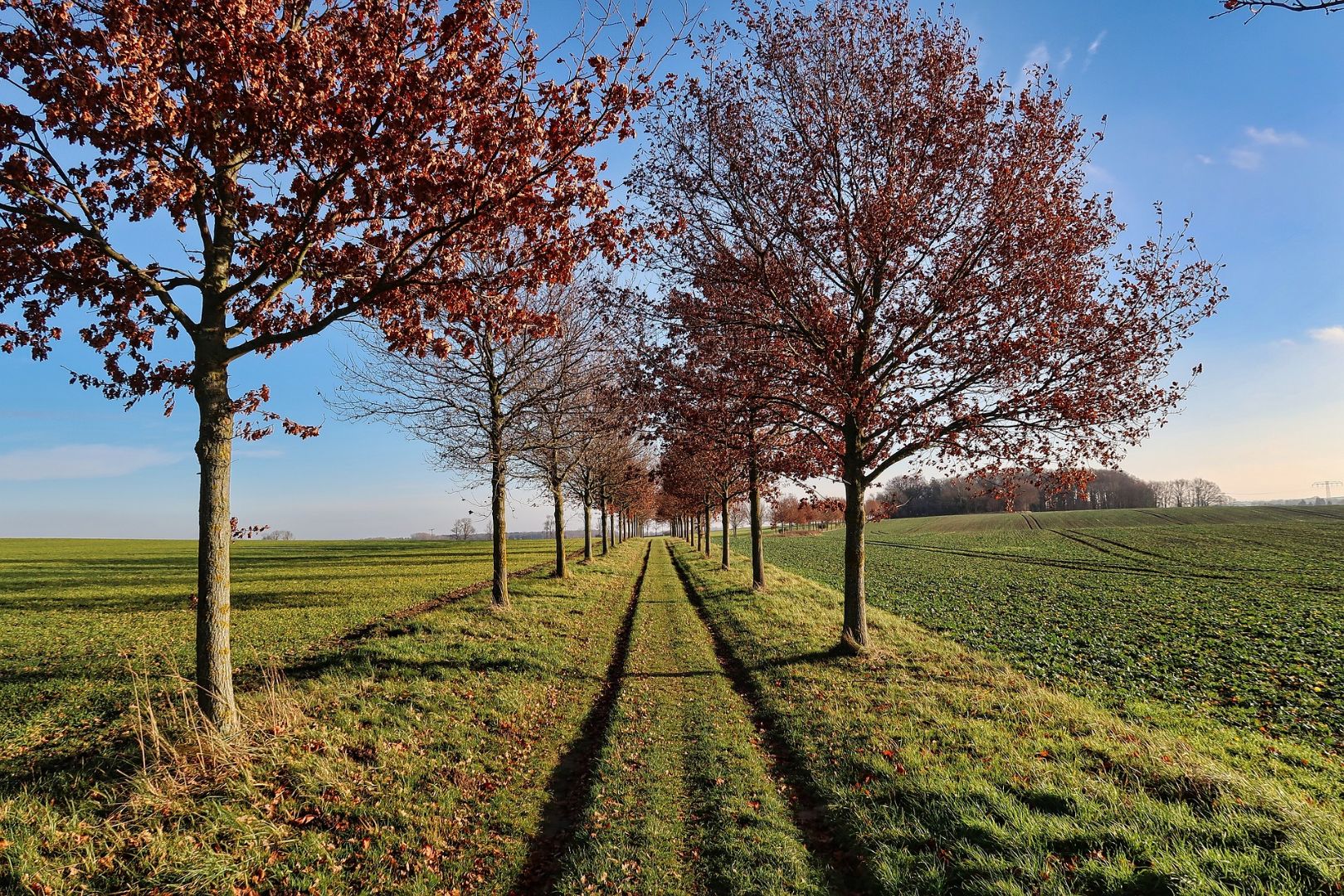
Nature-based farming and agri-tech developments are increasingly being pitched against each other. There is a tendency for proponents of both approaches to claim that their way is the only solution to global challenges like ecological and climate breakdown, food security and health crises.
The reality is that food systems need transformation, but a hybrid transition pathway which includes the best of both approaches will be most effective in bringing about the required changes.
The following blog is based on a Wageningen University academic lecture delivered by Prof. Laurens Klerkx, which can be viewed in full here. Within the lecture, Prof. Klerkx addressed what is meant by food system transformation and explored how seemingly opposing views on approaching food production transformation can be brought together.
Food system transformation
The food system includes how food is produced, processed and consumed, so transformation of the system is not limited to changes in farming, it includes the entire supply chain.
Currently, the food system is in a state of chaos and emergence. Food producers are experimenting with different ways of doing things. For some, this means following ‘farming with nature’ type approaches, while others are adopting new technologies to enable increased efficiency. There is even a movement away from farm-based food production altogether, with concepts like growing salad leaves indoors in vertical systems gaining traction in recent years.
The two approaches to food production transformation are outlined below:
Farming with nature
There are numerous ways of farming in a way that is more aligned with nature. These include:
- Regenerative agriculture
- Conservation agriculture
- Agroecological farming
- Nature-inclusive agriculture
- Organic farming
The concepts have different but often overlapping principles and approaches, which can result in confusion about what they all mean. However, they are widely practiced and there is a lot of research demonstrating their impact in various farm systems all over the world.
Agricultural technologies
Adoption of technology to provide the solutions needed for food system change takes a number of forms. These include:
- Precision agriculture
- Digitalised autonomous mechanisation and robotics
- Vertical farming
- Use of Artificial Intelligence (AI) in farming
- Novel ways to produce proteins such as cellular agriculture
The farm-based technological solutions such as precision agriculture, digitalised autonomous mechanisation and use of AI offer the opportunity to increase the efficiency of farming, applying just the right amount of inputs to boost yield and profitability while avoiding any excess.
The off-farm food production technologies, such as cellular agriculture, offer an entirely new way of producing food and are likely to cause a lot of disruption to the food system as the technologies take off.
The case for a hybrid transition pathway
With simultaneous health crises, food waste, food shortages, biodiversity loss, poorly functioning ecosystems and the climate crisis to contend with, food systems are in need of transformation.
Often people have strong, inflexible positions on the best approach to achieve food system transformation in a way that meets both people and the planet’s needs. In the lecture, Prof. Klerkx described ‘prophets’ and ‘wizards’, or techno-pessimists and techno-optimists, with some people convinced that high tech solutions can never do any good at all, while others dream of a fully automised future in which the farmer never has to do anything.
While these two groups find it difficult to see eye-to-eye, Prof. Klerkx argued that nature friendly approaches and adoption of agri-tech solutions can intersect. A hybrid transformation pathway to food system change aligns both approaches, bringing a lot of value. As highlighted in a previous blog which focused on land management decisions, both approaches are also highly knowledge intensive, as agroecological and technological thinking are required when managing land for food production, ecosystem services and natural capital.




